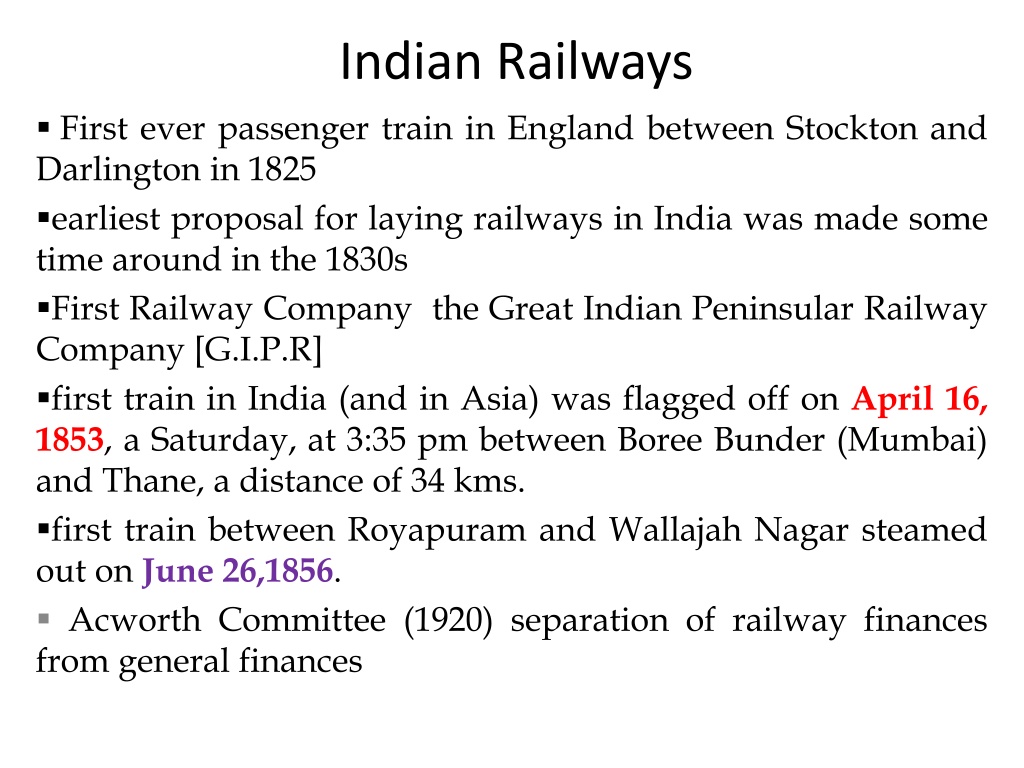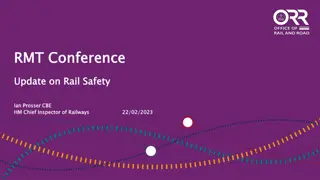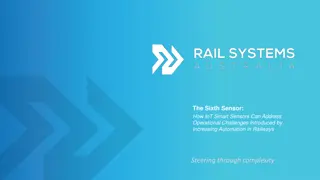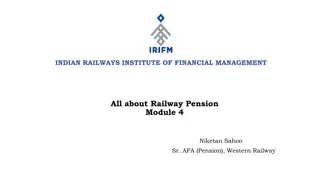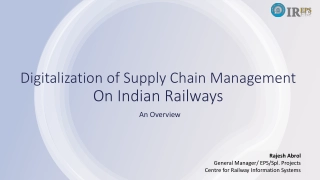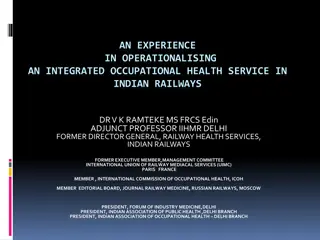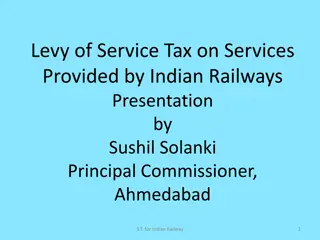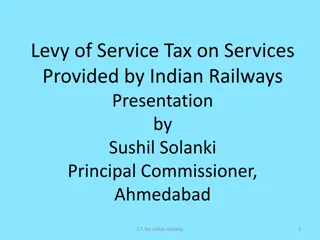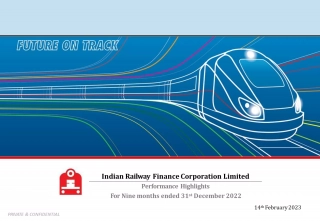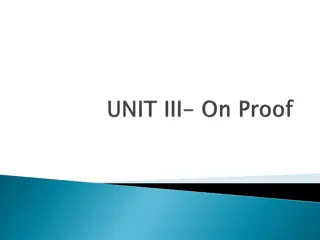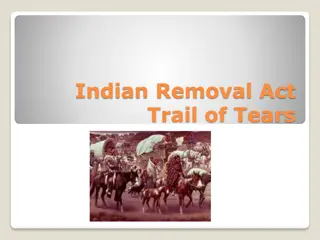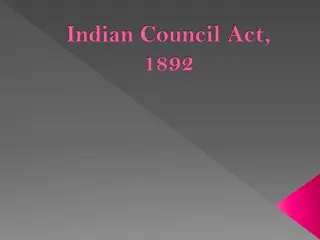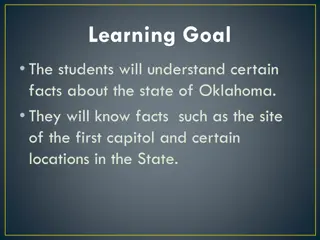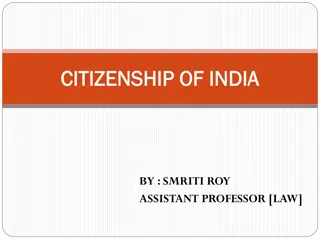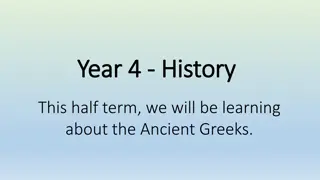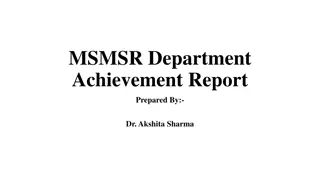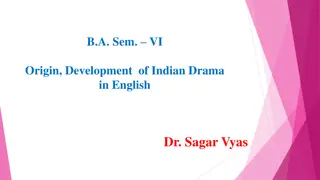Fascinating Facts about Indian Railways: A Journey Through History and Achievements
Indian Railways, with its rich history dating back to the 19th century, is a significant part of India's transportation infrastructure. The first passenger train in India was flagged off in 1853, marking the beginning of a transformative era. Today, Indian Railways boasts of being the fourth-largest railway network globally, with extensive coverage and impressive statistics. Notable achievements include UNESCO World Heritage Sites, innovative projects, and ongoing challenges like safety improvements and debt management.
Download Presentation

Please find below an Image/Link to download the presentation.
The content on the website is provided AS IS for your information and personal use only. It may not be sold, licensed, or shared on other websites without obtaining consent from the author. Download presentation by click this link. If you encounter any issues during the download, it is possible that the publisher has removed the file from their server.
E N D
Presentation Transcript
Indian Railways First ever passenger train in England between Stockton and Darlington in 1825 earliest proposal for laying railways in India was made some time around in the 1830s First Railway Company the Great Indian Peninsular Railway Company [G.I.P.R] first train in India (and in Asia) was flagged off on April 16, 1853, a Saturday, at 3:35 pm between Boree Bunder (Mumbai) and Thane, a distance of 34 kms. first train between Royapuram and Wallajah Nagar steamed out on June 26,1856. Acworth Committee (1920) separation of railway finances from general finances
Partition and its effect Getting things organised June 1950 itself that the Railway Board put forward a plan to divide the railways in India into six zones On March 31, 1978, the railways were split into nine zones. Statistics Indian Railways are today divided into nine zones and 59 divisions fourth-largest railway network in the world by size Indian Railways is the world s eighth largest employer with a total of 1.4 million employees. IR runs more than 9,200 trains daily. IR runs more than 13,000 passenger trains daily, on both long-distance and suburban routes, from 7,349 stations across India 121,407 kilometres (75,439 mi) of total track over a 67,368- kilometre
Busiest junction in the country is Howrah junction in Kolkata with as many as 974 trains stopping there daily. The longest tunnel in the country is Pir Panjal Railway tunnel in Jammu and Kashmir which is 11.25 kms long. Indian Railways is constructing the world s highest rail bridge over Chenab. The mascot for Indian Railways is Bholu, or Bholu the guard elephant, which was designed by National Institute of Design. It was unveiled on 16th April 2002. Thirty eight percent of the routes are electrified with 25 KV AC electric traction while thirty-three percent of them are double or multi-tracked IR is projected to carry 8.26 billion passengers and transport 1.16 billion tons of freight Indian Railways is headed by a seven-member Railway Board whose chairman reports to the Ministry of Railways. IR is divided into 17 zones, headed by general managers 1987, IR began using a computerised ticketing system.
UNESCO World Heritage Sites Chhatrapati Shivaji Maharaj Terminus, Mumbai. three rail lines in different parts of India the Darjeeling Himalayan Railway, a 610 mm (2 ft) narrow-gauge railway in the Lesser Himalayas of West Bengal; the Nilgiri Mountain Railway, a 1,000 mm (3 ft 33 8in) metre gauge rack railway in the Nilgiri Hills of Tamil Nadu the Kalka-Shimla Railway, a 762 mm (2 ft 6 in) narrow-gauge railway in the Siwalik Hills of Himachal Pradesh.
Issues IR carries an annual debt of over 200 billion Safety projects include the elimination of an average of 1,217 unguarded level crossings per year by building 15,000 persons get killed each year by what is called unlawful trespassing.
